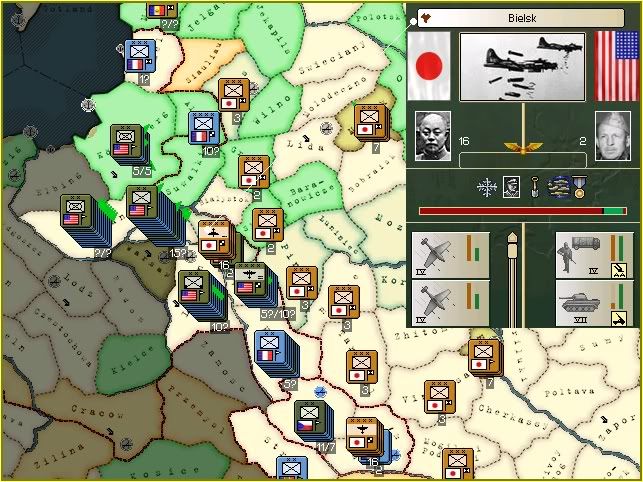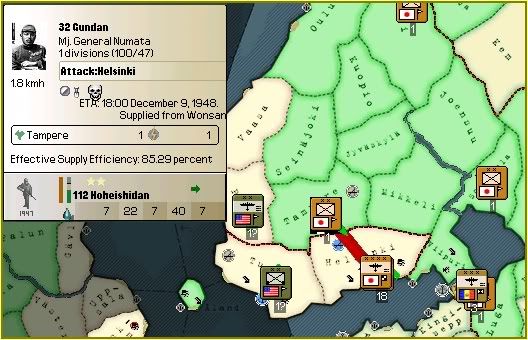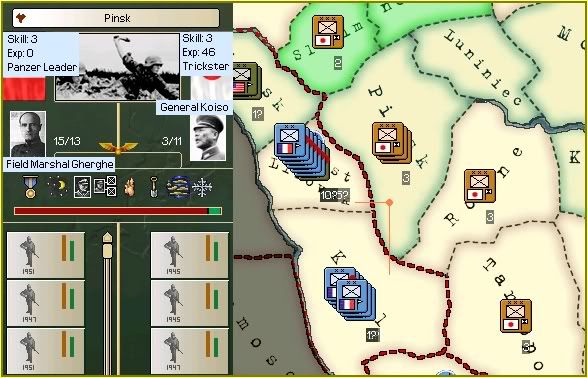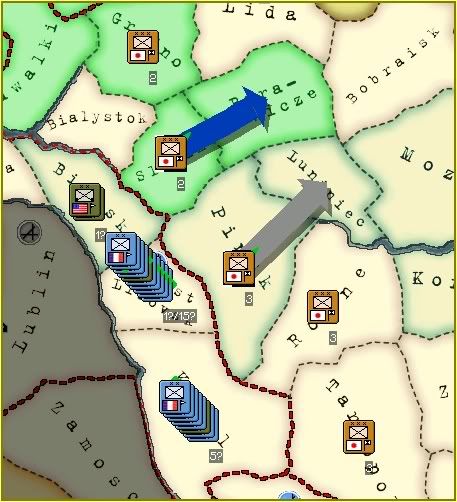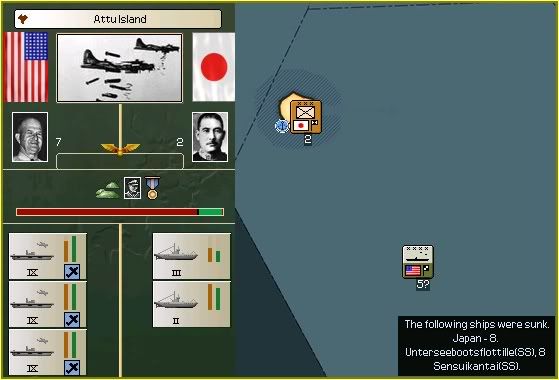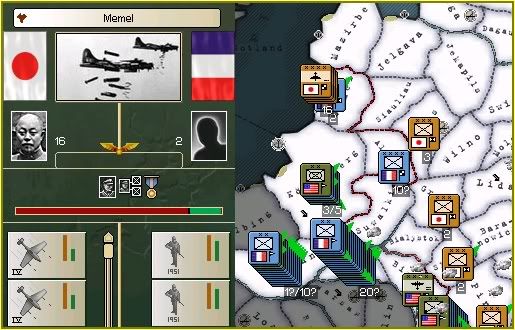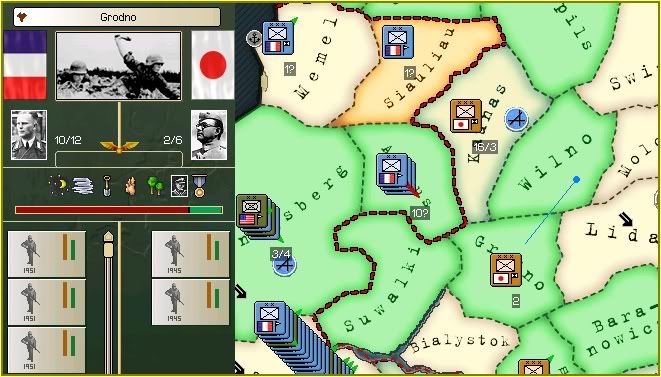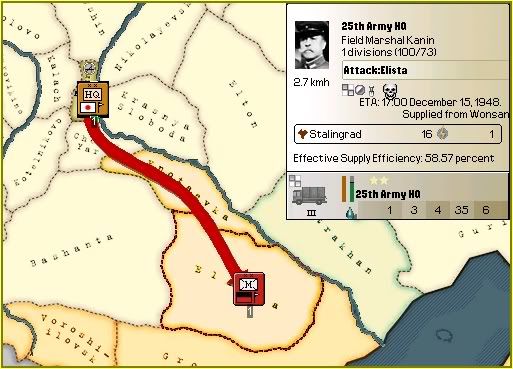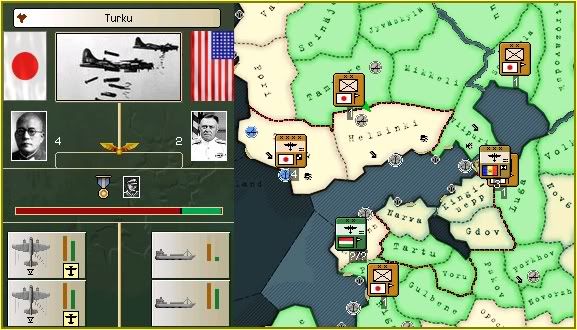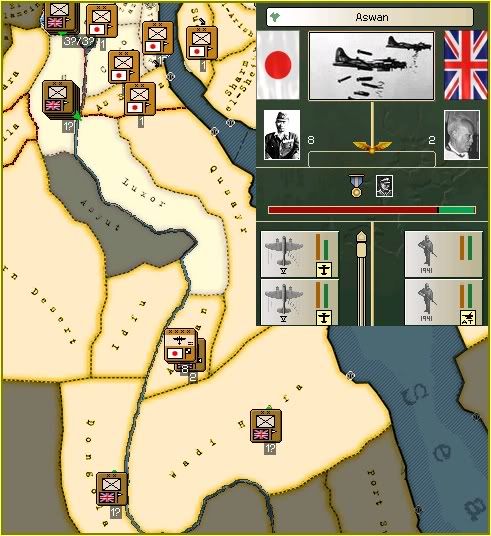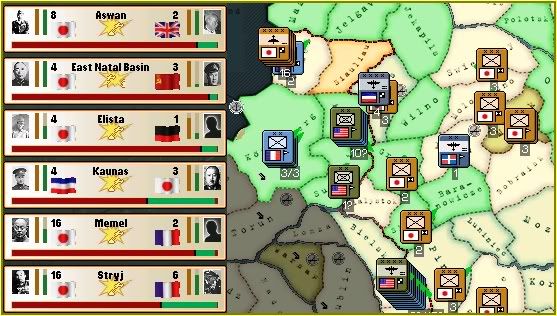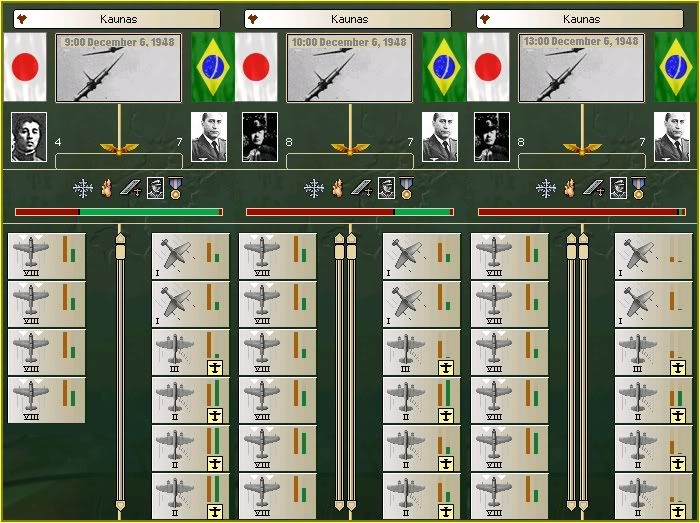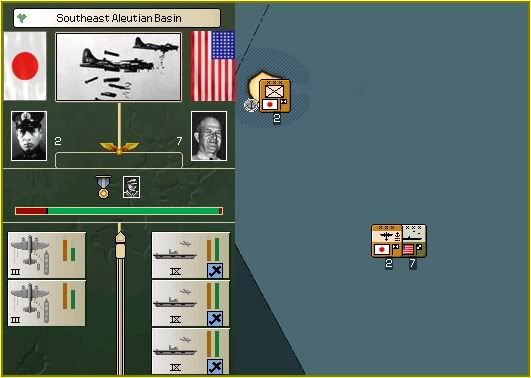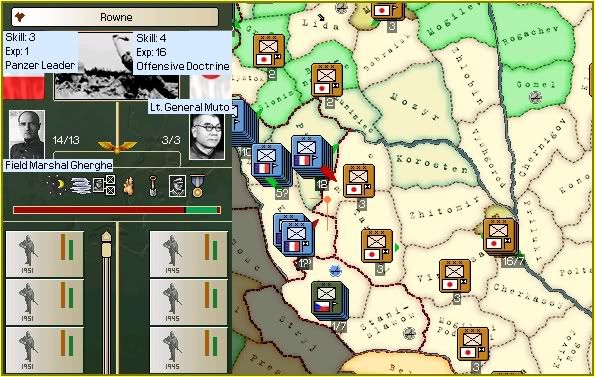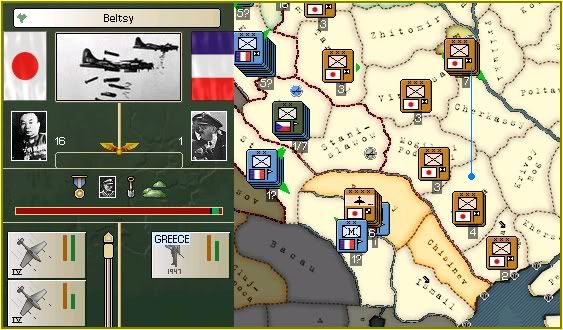Operation Influx
11
0100 December 1st 1948.
Army Headquaters. Tokyo, Japan.
The Japanese High Command had made a few changes after the monthly meeting with respect to Army leadership. Hata retained command of the Central Asia Army with Yamashita his second in command. The North China Army switched to a purely defensive position in the western Soviet Union and command had been passed to Field Marshall Kanin whose Headquarters was in Stalingrad. Kanin would not require a second in command much like Kawabe who maintained control of the Kwantung Army. Terauchi's Headquarters was in Semipalatinsk and he commanded the East Asia Army. The only major change came with the creation of the Africa Army. The Headquarters was based in Abadan and command was given to Field Marshall Higashikuni with his second in command being General Sakai. This was an offensive Army and required two commanders in the same way that the Central Asia Army did.
The new Army command structure is as follows:
Central Asia Army (Hata, Yamashita)(Sevastopol) - Frontal operations in western Europe.
Africa Army (Higashikuni, Sakai)(Abadan) - Frontal operations in Africa and the Middle East.
Kwantung Army (Kawabe)(Qiqihar) - Defensive operations in Siberia and China.
East Asia Army (Terauchi)(Semipalatinsk) - Defensive operations in the central Soviet Union and India.
North China Army (Kanin)(Stalingrad) - Defensive operations west of the East Asia Army.
0700 December 1st 1948.
Central Asia Army Headquarters. Sevastopol, Soviet Union.
Hata's two Dive bomber groups continued to attack smaller Allied formations as they advanced into the Soviet Union.
Nakajima targetted American troops in Bielsk as Shimoyama bombed newly advanced French controlled forces in Stanislawow. Hata's main concern for the time being was the large Allied movement in the north of Poland with Memel recently being captured. This threatened to outflank his northern line even though six Japanese divisions were moving north to secure the line.
1000 December 1st 1948.
North China Army Headquarters. Stalingrad, Soviet Union.
Japanese Tactical bombers had moved north to Leningrad to halt the American invasion of Finland towards the end of November and they had slowly reduced the enemy force.
The destruction of the division in Helsinki allowed Kanin to order Mj. General Numata south to retake the city. Only one enemy division remained in Turku before the invasion petered out. Romanian bombers were targetting Leningrad with American bombers launching Strategic bombing attacks in Finand. No Interceptors were spare as they were either recovering or escorting Japan's Close Air Support aircraft.
1900 December 1st 1948.
Central Asia Army Headquarters. Sevastopol, Soviet Union.
The weather and terrain conditions were doing nothing more than slow the advancing Allied forces down, they still attacked using overwhelming numbers whenever they could.
The latest attack against Hata's line came at Pinsk where General Koiso was defending the frozen marshes. Hata allowed him to fight for the final few night hours but there was never any hope of Koiso holding Pinsk under assault from fifteen diviisons.
Hata ordered him to withdraw towards Luniniec at 0000 hours on December 2nd and he also ordered Kasahara back towards Baranowizce from Slonim to prevent any chance of him being cut off.
0000 December 3rd 1948.
BB Division 1 Flagship. IJN Fuso, Mouth of the Tsiribihina.
Ozawa's control of the sealanes was almost total in the Indian and Pacific Oceans but one thorn remained in his side and made another appearance on December 3rd.
Calhoun had moved back to Attu Island and conducted another port strike after once again eluding the patrolling Naval bomber squadrons. The final two Submarine Flotillas in the port were destroyed which left Ozawa with only four. Of those, three were blockading the Gulf of Aden and final one was patrolling off the island of Samoa.
1300 December 3rd 1948.
Central Asia Army Headquarters. Sevastopol, Soviet Union.
The attempted outflanking manouver being orchestrated against Hata's northern line was quickly brought under control. Hata used one of his most potent weapons to stop it in its tracks.
Nakajima would spend a few days targetting the two West German Infantry divisions that were trying to move towards Jelgava. They would not make it.
At 2300 hours the enemy build up in Alytus was sufficient for the Allies to launch another assault. Lt. General Chandra Bose had no chance of holding and was ordered to withdraw north towards Wilno which would leave a gap in Lida. Hata knew that both of Japan's Armoured Corps were due to redeploy close to this province and was not overly concerned. Allied forces had also advanced and captured Siauliau to the north which would attract Nakajima after he had finished with Memel.
0000 December 4th 1948.
North China Army Headquarters. Stalingrad, Soviet Union.
Revolts were not uncommon amongst Japanese controlled territories as partisan levels remained high across large parts of conquered territory. Most of the time there were local forces available to crush such uprisings before they could take hold, but on this occasion Kanin would be required to deal with it.
The revolt had occured in Elista to the south east of Stalingrad and Kanin began the march to reclaim the province immediately. Sakai's Tactical bomber group flew south from Leningrad to remove the rebels before it would return to rejoin Obata.
Obata had already removed the final American division in Finland and had begun attacks against the port of Turku to try and destroy the American Transport fleet in the harbour.


